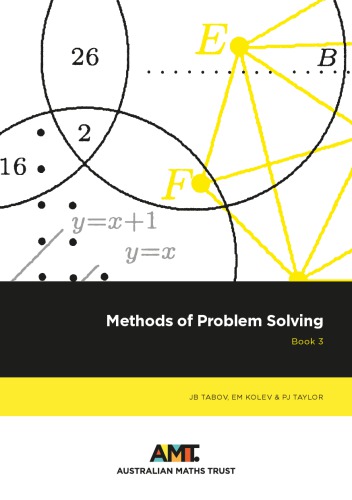

Most ebook files are in PDF format, so you can easily read them using various software such as Foxit Reader or directly on the Google Chrome browser.
Some ebook files are released by publishers in other formats such as .awz, .mobi, .epub, .fb2, etc. You may need to install specific software to read these formats on mobile/PC, such as Calibre.
Please read the tutorial at this link: https://ebookbell.com/faq
We offer FREE conversion to the popular formats you request; however, this may take some time. Therefore, right after payment, please email us, and we will try to provide the service as quickly as possible.
For some exceptional file formats or broken links (if any), please refrain from opening any disputes. Instead, email us first, and we will try to assist within a maximum of 6 hours.
EbookBell Team

4.7
86 reviewsto make it the first of a series on this theme. The aim was to have chapters
on special facets of problem solving, also presenting for the first time
some problems which were not well known in the English language.
We followed up with a second book, with 5 more chapters, each on a
particular problem-solving theme, in 2002.
Now Emil Kolev, in recent years leader of the Bulgarian IMO team, has
joined our writing team and we present 5 new chapters in a third book.
As in the previous books, the problems have been selected to illustrate
the most important and useful ideas, details and techniques of the
method discussed. The number of the problems in each chapter is about
10 to 15, and this gives readers the opportunity to understand quickly the
essence of the method.
Almost every chapter begins with a short theoretical explanation.